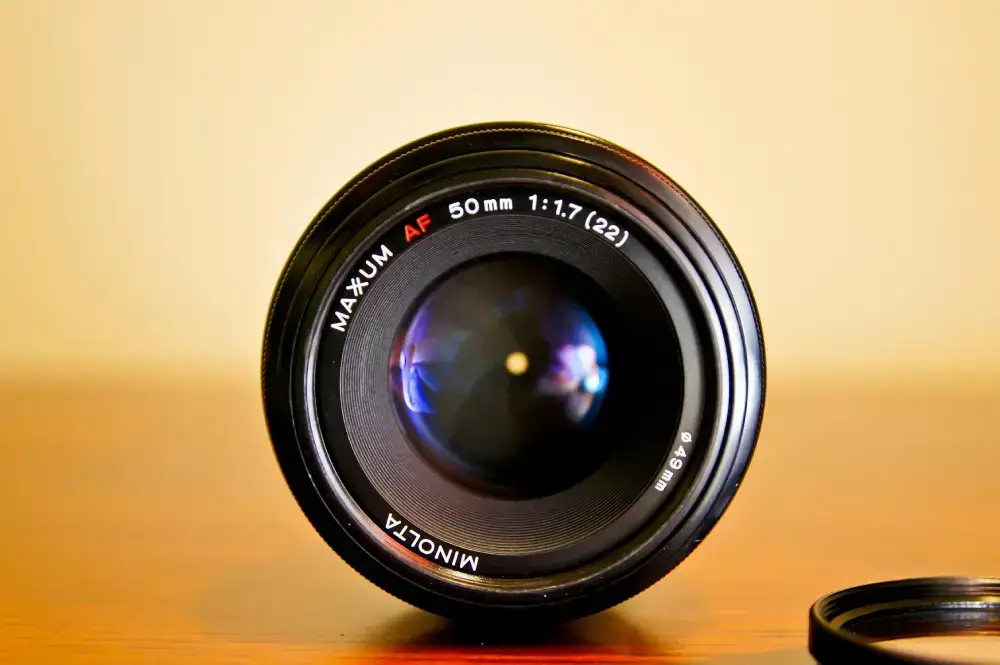In today’s tech-savvy world, resolution is a key factor in defining the quality of digital content. Among the various resolution standards, 1280×720 resolution holds a unique place, especially in the realms of video streaming, gaming, and mobile devices. Often referred to as HD (High Definition), it strikes a balance between clarity and file size, making it highly versatile. This article dives deep into everything you need to know about 1280×720 resolution, including its history, technical specifications, uses, and future relevance.
What is 1280×720 Resolution?
The 1280×720 resolution refers to the pixel dimensions of the screen or image, where the width consists of 1280 pixels and the height contains 720 pixels. This resolution belongs to the HD category and is typically referred to as 720p, the “p” standing for progressive scan, a method of refreshing the image on the screen. It has been widely adopted due to its balance of quality and efficiency.
Technical Specifications of 1280×720
To understand 1280×720 in-depth, it’s crucial to know its technical aspects:
Pixel Density and Aspect Ratio
The pixel density of a display is determined by the number of pixels about the screen size. In 1280×720, the aspect ratio is 16:9, which has become the standard for most videos and displays, providing a wide-screen viewing experience. The pixel count isn’t as high as Full HD (1920×1080), but it still offers a clear, detailed image suitable for many applications.
Frame Rate and Bitrate Recommendations
Frame rates for 1280×720 resolution can vary depending on the platform. Streaming services like YouTube typically recommend 30 or 60 frames per second (fps) for smooth playback. The required bitrate also depends on the content and platform, with a general recommendation of 3.5 to 5 Mbps for high-quality streaming.
Benefits of 1280×720 Resolution
- Clarity and Detail
Though 1280×720 is not as crisp as 1080p or 4K, it offers excellent clarity for everyday content like online videos, video calls, and casual gaming. For users who don’t require ultra-high resolution, 1280×720 is a great middle ground.
- 1280×720 vs 1080p
Choosing between 720p and 1080p largely depends on the device and use case. 1280×720 resolution provides adequate sharpness for smaller screens like smartphones and tablets, while 1080p shines on larger displays.
- 1280×720 in Video Streaming
One of the most common uses for 1280×720 resolution is video streaming.
- Optimal Platforms for 1280×720 Playback
Popular platforms like YouTube, Netflix, and Amazon Prime support 720p, especially for users with slower internet connections or lower bandwidth caps. On platforms where buffering is a concern, 1280×720 resolution ensures smoother playback while maintaining a decent level of quality.
Bandwidth Usage for Streaming in 1280×720
Streaming in 1280×720 resolution is ideal for users with moderate internet speeds. Streaming a 720p video typically consumes around 3-5 Mbps, which is suitable for most household connections.
Gaming with 1280×720 Resolution
In the gaming world, 1280×720 resolution plays a significant role in providing a balanced gaming experience.
- Gaming Consoles Supporting 1280×720
Consoles such as the Xbox 360 and PlayStation 3 were among the first to support 1280×720 resolution. Even modern consoles allow players to select 720p as a resolution option, which can help improve frame rates on demanding games.
- Performance and Graphics
Gamers often choose 1280×720 to strike a balance between performance and visual quality. On lower-end hardware, 1280×720 ensures smoother gameplay without the heavy GPU and CPU load required by higher resolutions.
1280×720 in Mobile Devices
Many smartphones, particularly budget models, come with 1280×720 resolution displays. This resolution works well for smaller screen sizes, offering a clear image without demanding too much from the battery or processor.
Top 10 Apps to add Music to Video immediately
Balancing Battery Life
One advantage of 1280×720 resolution on mobile devices is the impact on battery life. Since fewer pixels need to be powered compared to higher resolutions, 720p displays tend to consume less battery, extending the device’s overall usage time.
Content Creation with 1280×720
For content creators, 1280×720 resolution can be a sweet spot between quality and manageability.
- Best Practices for Recording in 1280×720
When recording videos, 1280×720 is often used for quick uploads to social media platforms where Full HD or 4K might not be necessary.
- Editing and Compressing 1280×720 Videos
Editing software allows creators to optimize 1280×720 videos by compressing them without a significant loss in quality, ensuring faster upload times.
FAQs on 1280×720 Resolution
- Is 1280×720 considered HD? Yes, 1280×720 is classified as HD (High Definition).
- Which devices support 1280×720 resolution? Many smartphones, tablets, gaming consoles, and TVs support this resolution.
- Can 1280×720 be used for gaming? Yes, it’s commonly used for gaming, particularly on older consoles and lower-end PCs.
- How much bandwidth does streaming in 1280×720 require? Streaming at 720p requires around 3-5 Mbps.
- Is 1280×720 resolution still relevant? Yes, it is widely used due to its balance between quality and performance, especially in bandwidth-constrained environments.
- What is the aspect ratio of 1280×720? The aspect ratio is 16:9, suitable for wide-screen formats.

